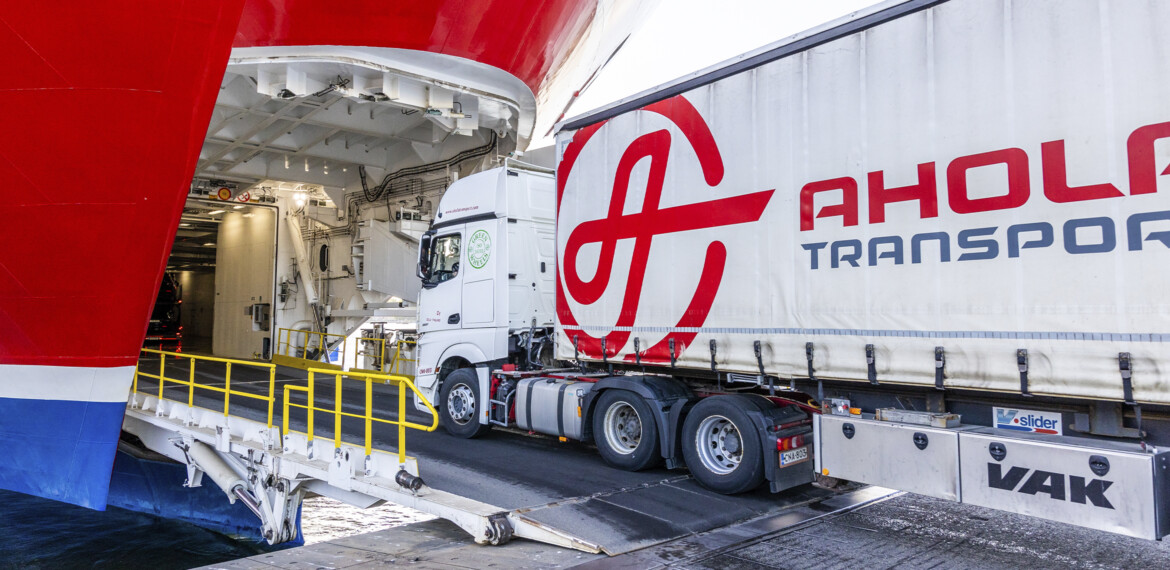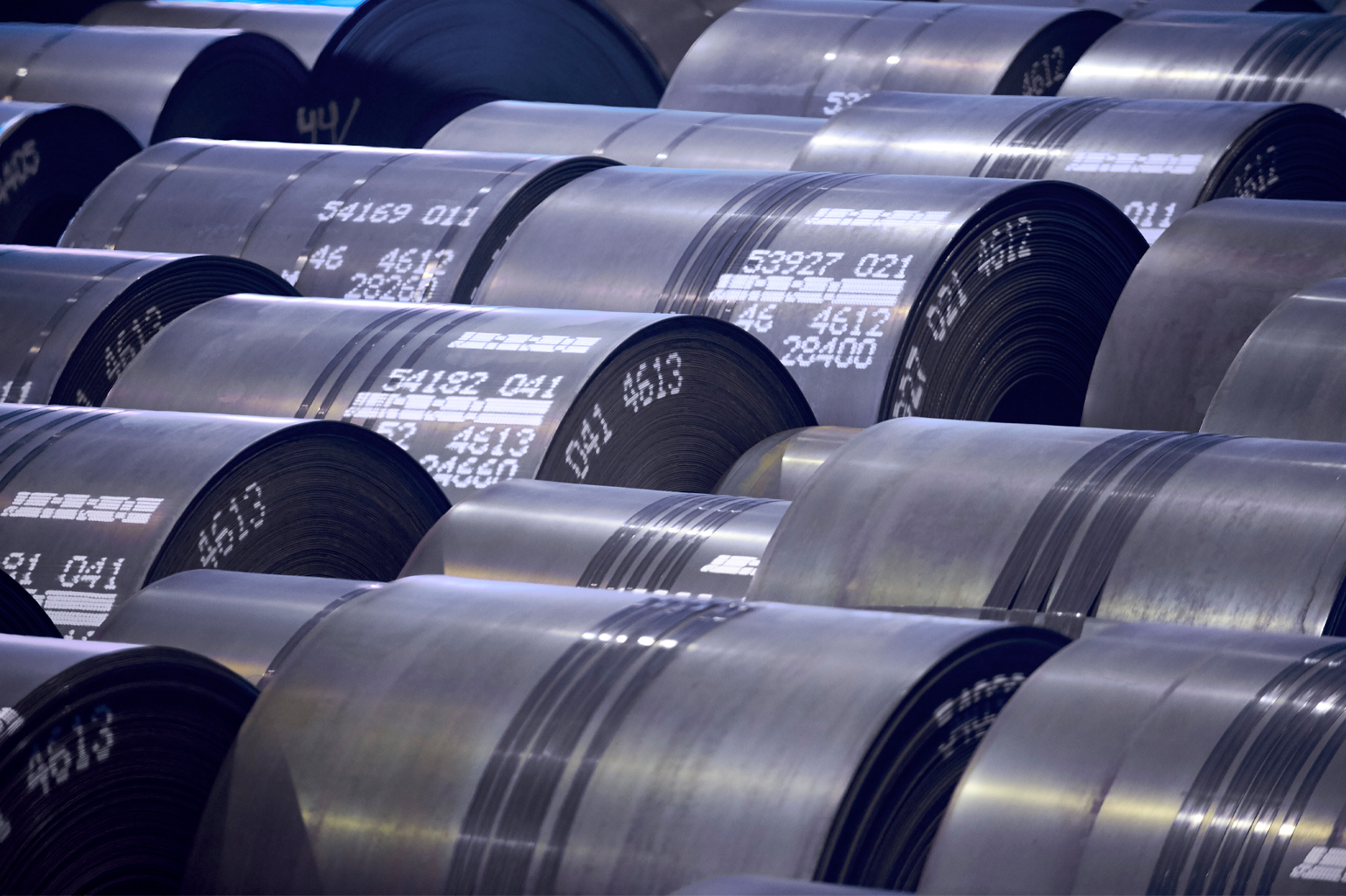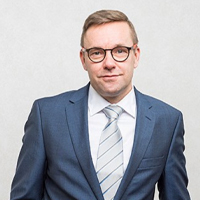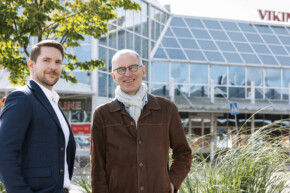Steel is transported in the green cargo corridor
SSAB and Ahola Transport use Viking Line’s green cargo corridor. Steel shipments are also served by Finland’s first electric truck that is utilised in international transports.

A 64-tonne electrically powered articulated vehicle carrying SSAB’s steel coils has arrived in the Port of Turku. The electric vehicle rolls silently in its place on the car deck of m/s Viking Glory. At the same time, the ship is being bunkered with biogas LBG.
SSAB Europe Oy and transport company Ahola Transport have been utilising Viking Line’s green cargo corridor since September. It means that the cargo customer buys a volume of biogas LBG proportioned to the weight of its maritime cargo.
“When the chosen fuel is biogas LBG made of waste, the calculated emissions of the shipment are around 90 per cent lower compared to the use of liquefied natural gas LNG”, reminds Harri Tamminen, Freight Director of Viking Line.

Launched last summer, the new green cargo corridor has attracted plenty of interest among transport companies and their customers.
“LBG is readily available. Its supply will not create a bottleneck.”
Viking Glory and Grace are also equipped with the readiness to use the synthetic and biofuels of the future.
Low emissions on the road as well
The essential thing in transports within the green cargo corridor is that the entire chain, including road transports, are implemented in as environmentally sound manner as possible.
Åke Nyblom, Managing Director of Ahola Transport tells that the batteries of the electric truck used for steel transports are charged with green electricity. It is also revealed that the truck in question is Finland’s very first electrically powered articulated vehicle utilised in cross-border transports.
“The operating range of the truck is 300 kilometres. On its way from SSAB’s Hämeenlinna plant via Turku and Stockholm to Finspång it is charged, for example, at SSAB, in Naantali and in the regular places in Sweden.”
Ahola Transport also uses a gas-powered truck. Like Viking Line’s ships, it uses LBG as fuel.
Dropping fossil fuels in steel production and transports
According to Heikki Hellsten, Head of Logistics at SSAB, the company has many weighty reasons to invest in the green cargo corridor and low-emission road transports.
 “When we start to manufacture fossil-free steel, our customers expect that our transports are also as environmentally sound as possible. In addition, our own environmental goals require that the emissions of transports be reduced.”
“When we start to manufacture fossil-free steel, our customers expect that our transports are also as environmentally sound as possible. In addition, our own environmental goals require that the emissions of transports be reduced.”

SSAB is a member of the World Economic Forum’s First Movers Coalition (FMC). The idea is that companies operating in carbon-intensive industries leverage their collective purchasing power to support new clean technologies.
SSAB manufactures already now SSAB Zero™ steel from recycled steel using fossil-free electricity and biogas, and in practice without any fossil carbon dioxide emissions. The company will begin large scale manufacture of fossil-free steel in Sweden in 2026 and similar production is expected to start in Finland around 2030.
Clean is also economical
Mr Hellsten believes that emission-free sea and road transports will be the best solution in the future in terms of finances as well.
“The regulation in the field is continuously increasing; the emission trade of heavy transports is expected to start in 2027. The direction is clear: if you cause emissions, you will have to pay for them.”
SSAB wants to prepare for the future on time, collect experiences and reserve capacity for itself.
“When we are acting on time, we will gain a lead over the companies that will only react when they have to”, Mr Hellsten points out.
Text: Matti Välimäki
Photos: Jarmo Piironen, Viking Line, SSAB, Ahola Transport


